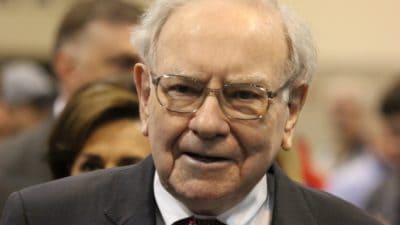At first glance, the Saga (LSE: SAGA) share price looks cheap. Shares in the company are changing hands at a forward price-to-earnings (P/E) ratio of around 5.7.
However, City analysts aren’t particularly optimistic about the business’s outlook. Today, I’m going to explain why, and what this means for investors.
Saga share price concerns
Of the four City analysts that cover Saga, only one thinks the shares are worth buying. Even though the company looks cheap, and is expected to report steady earnings growth over the next two years, it’s clear the business has some problems.
For example, the company has a significant amount of debt. It’s been struggling to bring its borrowings under control for some time. In addition, management has diversified the group into cruising at the worst possible time.
The cruise industry is reeling from the coronavirus crisis. It doesn’t look as if the business will be able to return to 2019 levels of activity anytime soon. Some of the Saga share price’s recent decline can be attributed to this decision.
Still, despite these issues, the company has some advantages. It was recently able to raise a significant amount of money from shareholders to stabilise the balance sheet. The group’s former chief, Roger De Haan, has also decided to come back on board. He will replace Patrick O’Sullivan as the firm’s non-executive chairman.
De Haan has also thrown £100m of his own money behind the business. So, he’s incentivised to achieve the best returns for all shareholders.
The best outcome
The company has made some strategic miss-steps in recent years, and that shows through in the performance of the Saga share price since the firm’s IPO.
However, I reckon the business has what it takes to stage a recovery over the next few years. It’s a highly trusted brand among consumers, and it knows its core customer base well. Saga has been serving its over 50s market for decades.
If the company can refocus on what it does best, then I think it’s highly likely the Saga share price can produce high total returns for investors from current levels.
While the corporation’s past performance suggests this is unlikely, De Haan’s decision to come back to the company has changed things, in my opinion. Indeed, £100m is a lot of money to stake on a turnaround, and it’s given Saga the financial backing it has required for so long.
That being said, while I’m confident about the company’s outlook, I think the best strategy for investors could be to own the stock as part of a diversified portfolio. This would allow shareholders to profit from any upside while minimising downside risk to the overall portfolio. After all, there’s no guarantee the corporation will recover.
Combining the stock in a portfolio with other high-growth stocks would reduce the risk of investing in the Saga share price overall.







